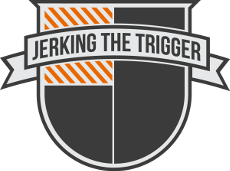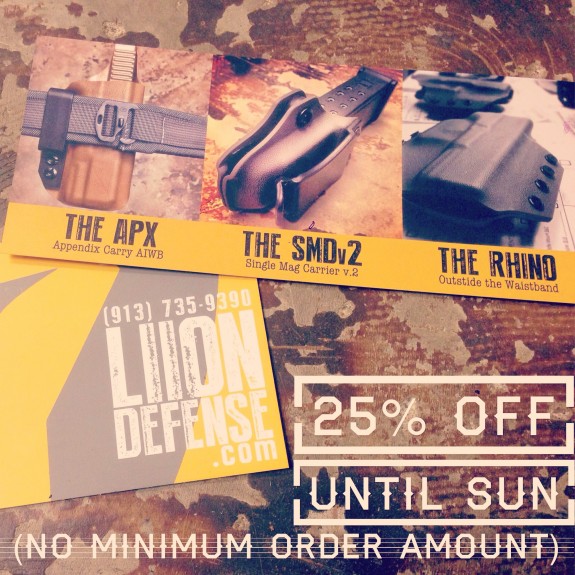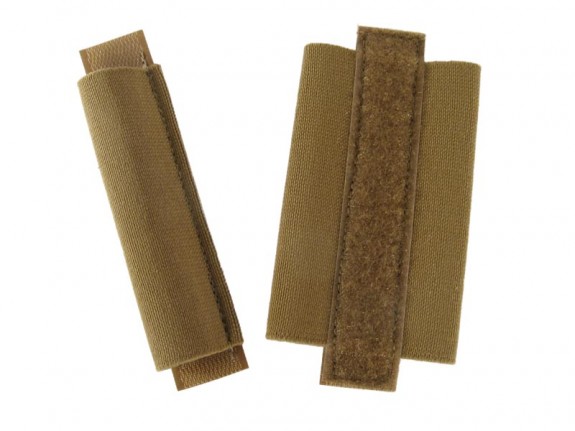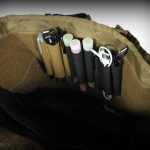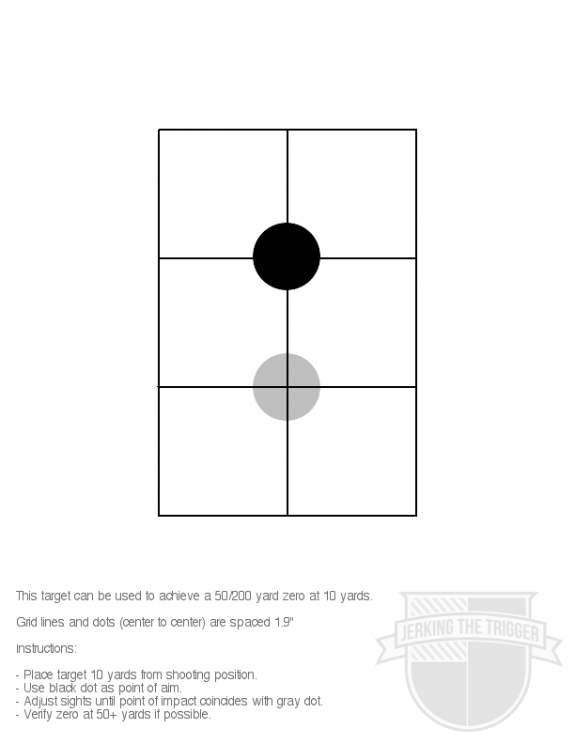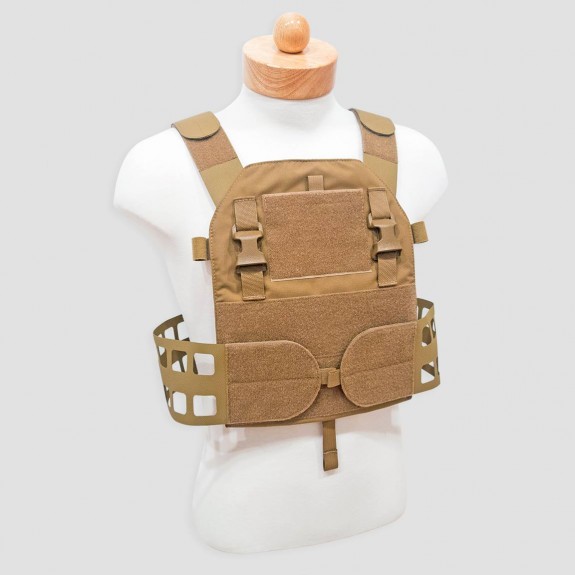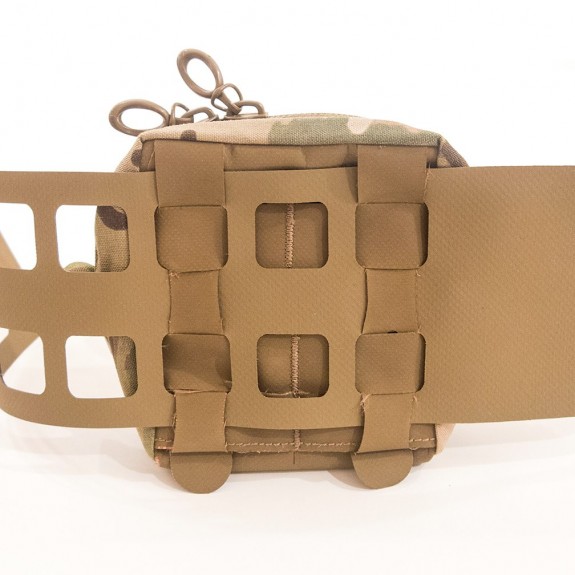Liion Defense is offering 25% off orders this weekend when you use the code LIIONSDEN. If you need a new belt, holster, or mag pouch, this would be a good time to check out LiionDefense.com.
ATF to Reclassify M855/SS109 as Armor Piercing
The ATF is exploring the reclassification of M855/SS109 ammunition as armor piercing. Exploring may not be the right word. They intend to do it but they are “considering” public comments on the matter before putting the new regulatory framework in place.
According to a PDF that is available at the ATF website…
Some ammunition that was previously exempted as “primarily intended to be used for sporting purposes,” specifically 5.56mm constituent projectiles of SS109 and M855 cartridges, will again be regulated as “armor piercing ammunition.” Except as provided by law, no person may manufacture or import such ammunition, and manufacturers or importers may not sell or deliver such ammunition. ATF will maintain the exemption for 30-06 M2AP cartridges.
There is no phrase on the face of this earth that raises my blood pressure like “sporting purposes”.
Start contacting your Representatives now. The House of Representatives website makes it easy. According to the previously mentioned PDF, the ATF will also be hearing pubic comments:
ATF will carefully consider all comments, as appropriate, received on or before March 16, 2015, and will give comments received after that date the same consideration if it is practical todo so, but assurance of consideration cannot be given except as to comments received on or before March 16, 2015. ATF will not acknowledge receipt of comments.Submit comments in any of three ways (but do not submit the same comments multipletimes or by more than one method):
- ATF website: APAComments@atf.gov Follow the instructions for submitting comments.
- Fax: (202) 648-9741.
- Mail: Denise Brown, Mailstop 6N-602, Office of Regulatory Affairs, Enforcement Programsand Services, Bureau of Alcohol, Tobacco, Firearms, and Explosives, 99 New York Avenue, NE, Washington, DC 20226: ATTN: AP Ammo Comments
UPDATE: Let me be clear. This is not a “fight” that you can afford to watch from the sidelines. This is a case of a government agency creating and interpreting law in whatever way will meet their political ends without oversight. They are banning of one of the most common, easily available, and affordable types of ammunition for one of the most common and widely distributed types of firearms (the AR-15). This effects the ease at which you can practice your Second Amendment right and is therefore an infringement.
This logic of banning rifle ammo that can be used in “handgun” under the guise of police officer safety and lack of “sporting purpose” is erroneous. Nearly ALL rifle calibers will defeat the soft armor worn by police officers and the ATF knows that. Sporting purpose has no place in a discussion of the Second Amendment rights and the ATF knows that as well. This is purely a politically expedient and incremental step toward an obvious end game. If this logic is allowed to be extended, it can be used to ban a wide variety of ammunition and eventually even firearms.
Start writing and calling your Representatives and the ATF now.
Pen Stackerz from Zulu Nylon Gear
Zulu Nylon Gear’s new Pen Stackerz look to be very handy. These are basically hook backed elastic tubes that are designed to hold pens, markers, chemlights, string cheese, beef sticks, and other gear of a similar size and shape. These can be used anywhere you have loop material like on the front of a plate carrier or inside a loop lined backpack.
There are two different configurations, single and double. The double is design to accept the single so that both units can be stacked together to create a triple. In addition to the hook backing, they are available with integrated D rings or HK hooks for additional mounting options.
Check out Pen Stackerz at Zulu Nylon Gear.
Zeroing Target – 50/200 Yard Zero at 10 Yards
You may remember Frank Proctor’s method for achieving a 50/200 yard zero at 10 yards with your AR-15 that was mentioned here a few months ago. I have been putting it to good use. It is a very fast way to zero an AR-15 which is very convenient for me since many of my carbines are in a constant state of flux as I try various items for review.
I have used the method so much that I created a target for my own use to support the process. It is a simple target with a 1.9″ grid and two dots. The black dot represents your point of aim. The gray dot is 1.9″ below your point of aim (POA) and represents your point of impact (POI). This makes it easy to achieve the POA/POI relationship necessary to achieve the rough 50/200 yard zero at 10 yards.
Of course, it is best to refine your zero at distances greater than 10 yards. You should always check your zero at the actual zero distance when possible but this will get you close. I should also note that this is somewhat dependent on the height of your optic. 1.9″ should get you close for the typical height over bore of an AR-15 optic.
I highly recommend that you review Frank Proctor’s video on this zeroing method and my brief comments on how it worked for me before attempting it. It is a simple method but there are some caveats you will want to keep in mind.
You can click here to access the PDF. Be sure to print at “actual size”.
UPDATE: If you want to save even more time on the range, consider using this target for bore sighting at home. It works well because of the compressed distance for which it is designed to be used. Most people can find a 10 yard (30 feet) line of sight in their home. Just align your optic on the black dot and bore sight on the gray dot.
UPDATE 2: It may go without saying but this target can also be used to fine-tune your zero at a greater distance. If everything goes well with your initial work at 10 yards, you can then use the black dot to check your zero at 50 or 200 yards since it should be relatively free of impacts.
I prefer to check the zero at 50 yards quickly and then check again at 200 on a new target when possible. Keep in mind that, at 100 yards, your point of impact will be above the black dot if your point of aim is the black dot.
UPDATE 3: I receive multiple emails weekly about this target and its effectiveness with various other calibers and rifles. In the case of other calibers, the target will likely work but may require more fine tuning when you are able to shoot at distance (50 yards would be good, 200 would be better). If you want to be sure, you will have to put your numbers into a ballistic calculator or give it a try.
Perroz Designs LPSPC Design Update
I have written about the Perroz Designs Low Profile Slick Plate Carrier (LPSPC) before on the pages of JTT and I actually have one in hand that I have been using for a review. It is a solid design that just received a slick new feature.
The previous LPSPC design featured solid Hypalon cummerbund with no way of attaching pouches. It will now come standard with a laser cut Hypalon cummerbund that is capable of accepting PALS compatible pouches. The same laser cut voids that create the MOLLE compatible attachment system also serve to reduce weight and improve airflow.
Check out the improved LPSPC at Perroz Designs.
